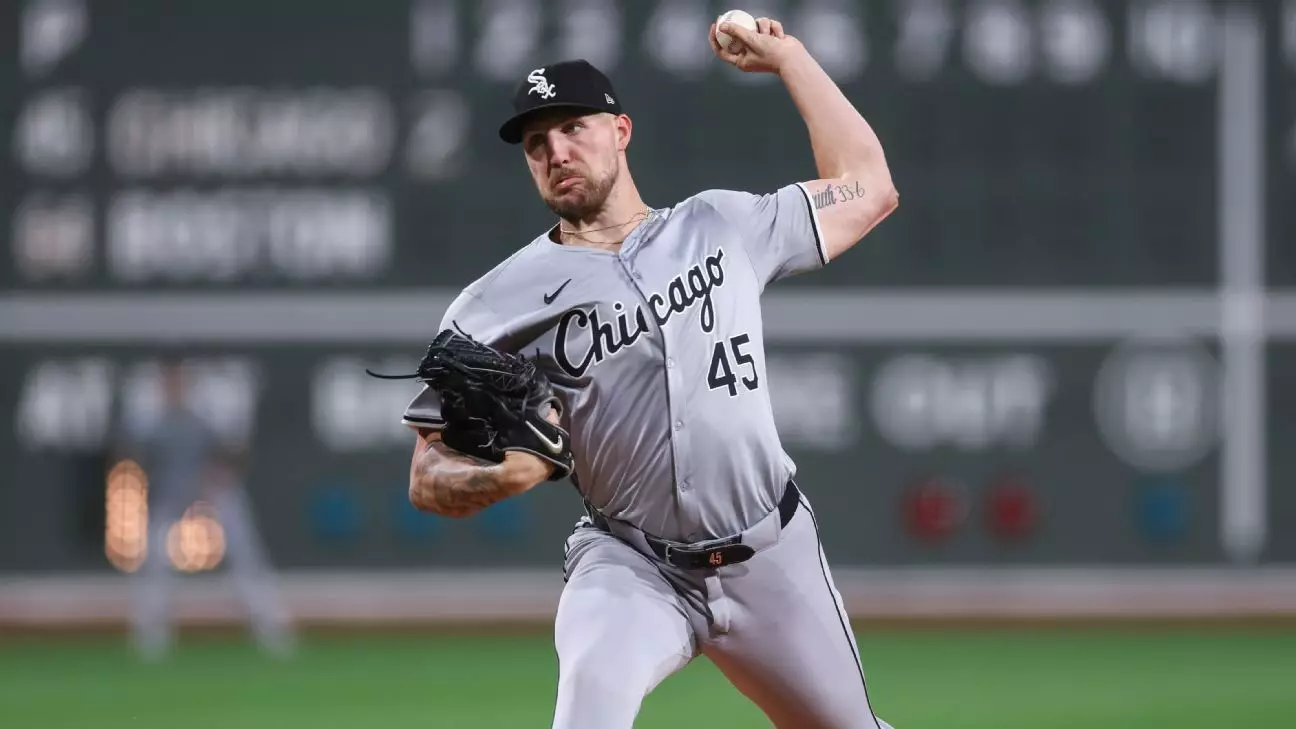The Boston Red Sox are poised for a transformative shift in strategy as they look toward the 2025 MLB season. Following a tumultuous previous year that saw significant deficiencies in their starting rotation, the team is formally exploring the implementation of a six-man pitching rotation. Craig Breslow, the Red Sox’s chief baseball officer, revealed that discussions have commenced to assess various approaches that could bolster the team’s pitching depth. This new focus stems from lessons learned in the challenging landscape of last season, where inconsistency and injuries hampered their efforts to compete effectively.
The 2024 season unfolded with the Red Sox grappling with an underwhelming rotation compounded by injuries to key players, including the unexpected loss of Lucas Giolito, who suffered a season-ending injury in spring training. Such adverse circumstances prompted a reevaluation of their current roster and forced management to confront the realities of their pitching depth, a challenge that Breslow is keen to address with a proactive strategy.
In an effort to mend the fraying seams of a beleaguered starting rotation, the Red Sox have made significant moves this offseason. The acquisition of Garrett Crochet, a left-handed pitcher from the Chicago White Sox, symbolizes a fundamental shift in their approach. Despite a tumultuous season that saw the White Sox achieve a dismal record, Crochet maintained a formidable ERA of 3.58. The Red Sox’s investment, trading four prospects for a pitcher showing promise even amid a lack of team success, underlines their commitment to revamping their approach on the mound.
Additionally, the signings of Patrick Sandoval and Walker Buehler further reflect the Red Sox’s determination to enhance their starting lineup. Buehler, a two-time NL All-Star with a proven pedigree, brings not only talent but experience, having previously performed under the pressure of postseason competition. While Sandoval is rehabilitating from a major injury, there is an underlying optimism that he could return to form and make significant contributions by mid-season. The aim here, as Breslow suggested, is not just to bolster the rotation but to elevate it from competent to potentially elite.
Breslow’s statements regarding the potential for depth in their pitching staff reflect a broader understanding of the demands placed on pitchers over a grueling season. The reality of the modern game necessitates that teams lean on more than the traditional five arms in the rotation. With the rigorous schedule and the increased frequency of games, particularly in the early months, the Red Sox recognize that deploying a sixth starter may prove advantageous. This flexibility could serve to mitigate the risk of injuries and fatigue, both of which played significant roles in last year’s collapse.
Moreover, the Red Sox find themselves in a luxurious position of having not just six, but possibly eight or ten arms that can reasonably be deployed as starters. This depth allows the front office to be strategic regarding pitching matchups and ensures that any emerging injuries can be managed without a significant drop-off in performance. Breslow’s forward-thinking perspective on player utilization promises to foster a continuous competitive edge throughout 2025.
While focusing on pitching, the Red Sox must also consider the balance of their batting lineup, particularly in light of their left-handed heavy construction. Managing such a roster dynamic poses its own set of challenges, and Breslow has alluded to a need for creativity in assembling a lineup that can contend. Options like moving Rafael Devers across the diamond from third to first base have been floated, should the team elect to explore trades involving promising talents such as Triston Casas.
Casas, who suffered injuries during the prior season, remains a player of significant potential. The Red Sox’s management is well aware of the intrigue surrounding such players in trade discussions, but Breslow has clearly stated that they are committed to nurturing their young talent. This decision-making aligns with a broader strategy focused on development while simultaneously ensuring that the team remains competitive in the immediate future.
As the Boston Red Sox prepare for the 2025 season, they stand at a crossroads that demands innovative thinking and strategic foresight. By embracing the concept of a six-man rotation and actively seeking to bolster their roster with additional pitching depth, they are positioning themselves as formidable contenders. The offseason acquisitions and an emphasis on maintaining a robust roster signal a shift towards resilience and versatility — crucial elements for success in the demanding landscape of Major League Baseball. The Red Sox are not merely aiming to return to competitiveness but rather to redefine what it means to thrive in a league that is ever-evolving.


Leave a Reply